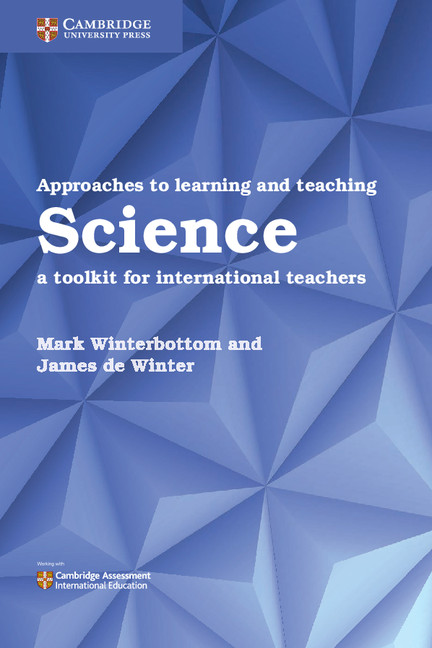18 OCTOBER 2018
Teaching critical thinking in science – the key to students’ future success

‘If you are made to think, you’ll learn’ John Dewey
(Approaches to learning and teaching Science p.14)
A national survey of business and nonprofit leaders in America found that a resounding 93% of respondents believe that “a demonstrated capacity to think critically, communicate clearly, and solve complex problems is more important than [a candidate’s] undergraduate major”*.
In education, critical thinking has long been established as an important transferrable skill. At a Cambridge Assessment seminar in the UK in 2010 Richard Wainer, Head of Education and Skills at CBI, said:
The ability to think, reason and make sound decisions is a vital skill for the workplace – and crucial for employees who want to do well and advance…yet many firms have expressed concerns about the lack of problem-solving skills they are seeing in school leavers**.
It is clear critical thinking is an important skill for life. Students will become confident analytical thinkers who can interrogate sources and evaluate claims, helping them in their future studies, lives and careers.
How then do we integrate critical thinking effectively into the science classroom?
Inquiry-based learning
Critical thinking is at the heart of scientific inquiry. A good scientist is one who never stops asking why things happen, or how things happen. Science makes progress when we find data that contradicts our current scientific ideas.
Scientific inquiry includes three key areas:
1. Identifying a problem and asking questions about that problem
2. Selecting information to respond to the problem and evaluating it
3. Drawing conclusions from the evidence
Critical thinking can be developed through focussed learning activities. Students not only need to receive information but also benefit from being encouraged to think about and attach the information to their existing understanding. Inquiry does this effectively.
How to build inquiry-based learning into lessons – Top tips
Gain perspective
Speak to a history teacher about how they introduce inquiry and evidence in their lessons. Gaining perspective from a different subject which focuses on evidence can help you think about your own practice.
Think about misconceptions
Students frequently hold misconceptions about scientific ideas. Design an inquiry to enable students to discover their own misconceptions. This helps motivate them to think about and accept the scientific ideas you want them to learn.
Set a problem
Set a problem for students to solve, such as a task where students are asked to get a small ball from a table top to the floor as slowly as possible. Students can apply knowledge about friction, rotational movement and levers. They can see the phenomena at first hand and build up their own questions. It triggers their creativity and gives them ownership of their learning.
Ask questions
Create an atmosphere where they can ask you for help, but don’t give them solutions. Instead, ask them questions to help them come up with their own solutions. Get students to work together so they can help each other.
Without understanding how scientific knowledge is generated, through critical evaluation of evidence, students risk being restricted to learning a set of pre-formed facts. Inquiry-based learning in science helps students understand how to test ideas systematically, and how to seek and interpret evidence for scientific claims. It gives them the opportunity to experience science, to become confident, critical thinkers and the scientists of tomorrow.
* ‘It Takes More Than a Major: Employer Priorities for College Learning and Student Success; 2013; https://www.aacu.org/sites/default/files/files/LEAP/2013_EmployerSurvey.pdf.
** Critical Thinking - its role, value and impact upon driving attainment, 2010 seminar, http://www.cambridgeassessment.org.uk/insights/role-value-and-impact%20of-critical-thinking-on-attainment/
This blog post contains ideas from Mark Winterbottom author of Approaches to learning and teaching Science. The Approaches to learning and teaching series provides highly practical ideas and guidance on teaching approaches in the context of the subject.
Thank you for your feedback which will help us improve our service.
If you requested a response, we will make sure to get back to you shortly.
×